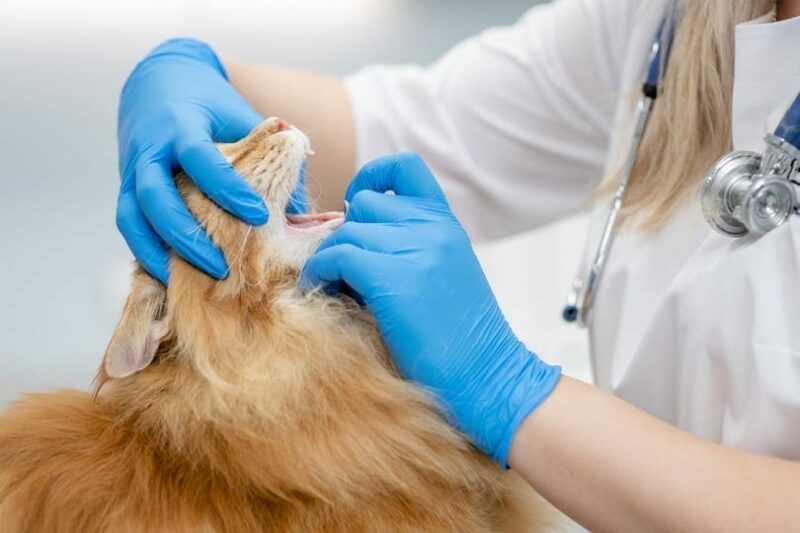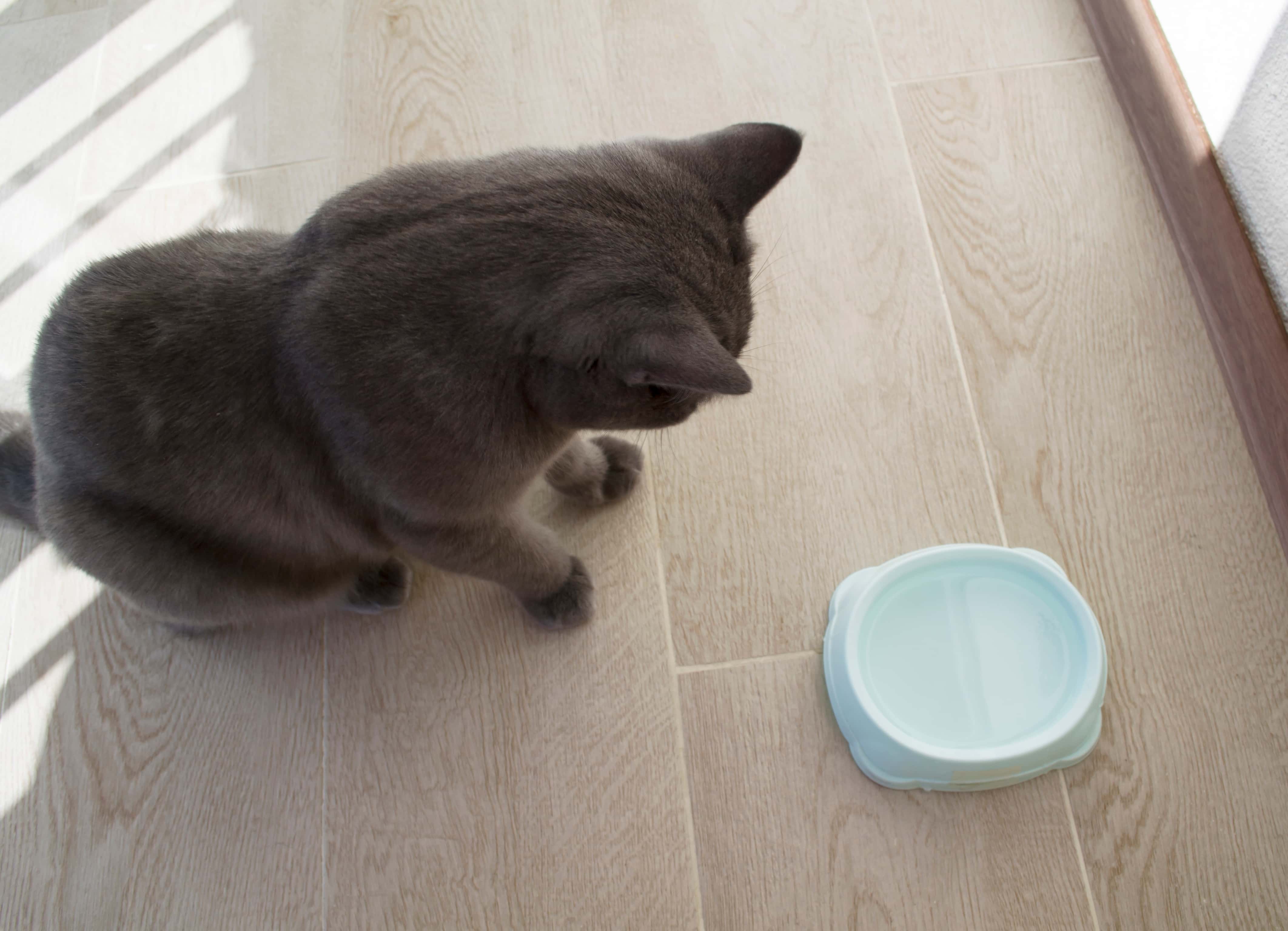Tooth Resorption in Cats: Causes, Symptoms & Treatment
Updated on

Dental problems aren’t uncommon in cats. That’s why you’ll find many products devoted to this aspect of pet care, from diets to treats to toothpaste. After all, it’s an essential part of your cat’s quality of life. Tooth resorption is when your cat’s body reabsorbs its tooth. If your cat can’t eat pain-free, that’s a problem. Therefore, it’s essential to diagnose and treat it promptly.
 What Is Tooth Resorption in Cats?
What Is Tooth Resorption in Cats?
Tooth resorption is often underdiagnosed. While bacteria fuel the breakdown of tooth enamel, resorption is the opposite, where the animal’s body is the instigator. Essentially, it reabsorbs the tooth and its components. The former is rare, whereas science is showing the latter is more common than veterinary medicine may realize. In fact, up to 60% of felines may have this issue.
This condition is more common in cats than dogs, which potentially suggests a dietary component. Felines are obligate carnivores, whereas dogs are omnivores due in part to domestication and the ensuing changes in their diet. It’s often difficult to diagnose since the signs are not evident. The lesions are hard to see, especially in the early stages. That makes the condition more challenging to treat when it is eventually identified.

What Are the Signs of Tooth Resorption in Cats?
Of course, felines are notorious for hiding symptoms of anything they’re feeling. More often than not, a condition is well underway before your pet shows signs that something is amiss. The same thing applies to tooth resorption. You may find that your cat is reluctant to eat, especially if people are present. It may hide more and seem less responsive as well.
Felines are more in touch with their wild sides than their canine counterparts. Consequently, they’re less likely to show signs of feeling ill. When a cat acts sick, you know something is wrong. Of course, a lack of appetite is a sign of many health conditions, including dental disease. You may notice unexplained weight loss in your pet as a result. Or you may see actual changes to their teeth- often a pink discoloration. It’s most evident in the premolars of the lower jaws of cats, where vets often detect the problems first.
What Are the Causes of Tooth Resorption in Cats?
The precise causes of tooth resorption in cats remain elusive. However, dietary factors are high on the list, including nutritional imbalances and excessive acid since they can directly affect dental composition. Of course, genetic factors are always on the table, making the identification of a potential cause more complicated. Knowing the cause is imperative for identifying a treatment.

How Do I Care for a Cat With Tooth Resorption?
The first step of care involves identifying the progression of tooth resorption. That process involves a thorough dental examination, typically under anesthesia, as well as dental x-rays. A veterinarian can then stage the disease’s progression, which is vital for a treatment plan. They set the course and urgency of how your vet will proceed.
Your role is supportive and involves minimizing stress, which can complicate your pet’s recovery. It’s essential not to downplay it. Cats are sensitive to changes in their environment, so the things you do to ensure that everything remains status quo will go a long way toward an easier recovery.
 Frequently Asked Questions
Frequently Asked Questions
Is Tooth Resorption Treatable?
Early detection is vital for any health condition. It minimizes the discomfort and pain your pet may experience. The same thing applies to tooth resorption in cats. The mouth has a lot of pain receptors, which explains your cat’s behavior when experiencing it. The sooner it’s diagnosed and treated, the more manageable it is for you and your pet.
Can My Cat Have a Good Quality of Life After Tooth Resorption?
Yes. Early diagnosis makes the difference in how your pet will recover. Of course, it minimizes the stress and trauma it will have to endure. Annual veterinary exams are imperative since early detection is critical to managing the stress your cat will have to ensure.
Is Tooth Resorption Preventable?
The elusiveness of the precise causes of tooth resorption makes prevention equally as hard to attain. We recommend offering your cat a diet formulated for felines at your pet’s life stage to ensure it’s getting the nutrition it needs. While the science for felines isn’t conclusive, it’s clear from research on humans that our bodies will metabolize protein and other nutrients from bones and other tissues.
We suggest discussing your cat’s diet with your vet. A nutrient-rich diet will ensure it has what it needs for optimal body function. Annual exams can protect your feline’s dental health and prevent preventable causes of tooth resorption. It’s essential to remember that cats derive energy from the protein and fats they eat.
 Summary
Summary
Tooth resorption is a serious condition that can affect your pet’s quality of life. It can cause loss of appetite due to the pain it inflicts on your cat. This can, in turn, affect its quality of life, which makes regular vet care imperative for your kitty’s well-being. While it may not prevent tooth resorption, it can help your veterinarian treat it with the least discomfort for your cat.
See also:
- Can Cats Die From Tooth Resorption?
- Spinal Injuries in Cats – Critical Information You Need to Know
- My Cat Lost a Tooth — Is It Normal and What Do I Do?
Featured Image Credit: Sergio Huainigg, Pixabay

 What Is Tooth Resorption in Cats?
What Is Tooth Resorption in Cats? Frequently Asked Questions
Frequently Asked Questions








